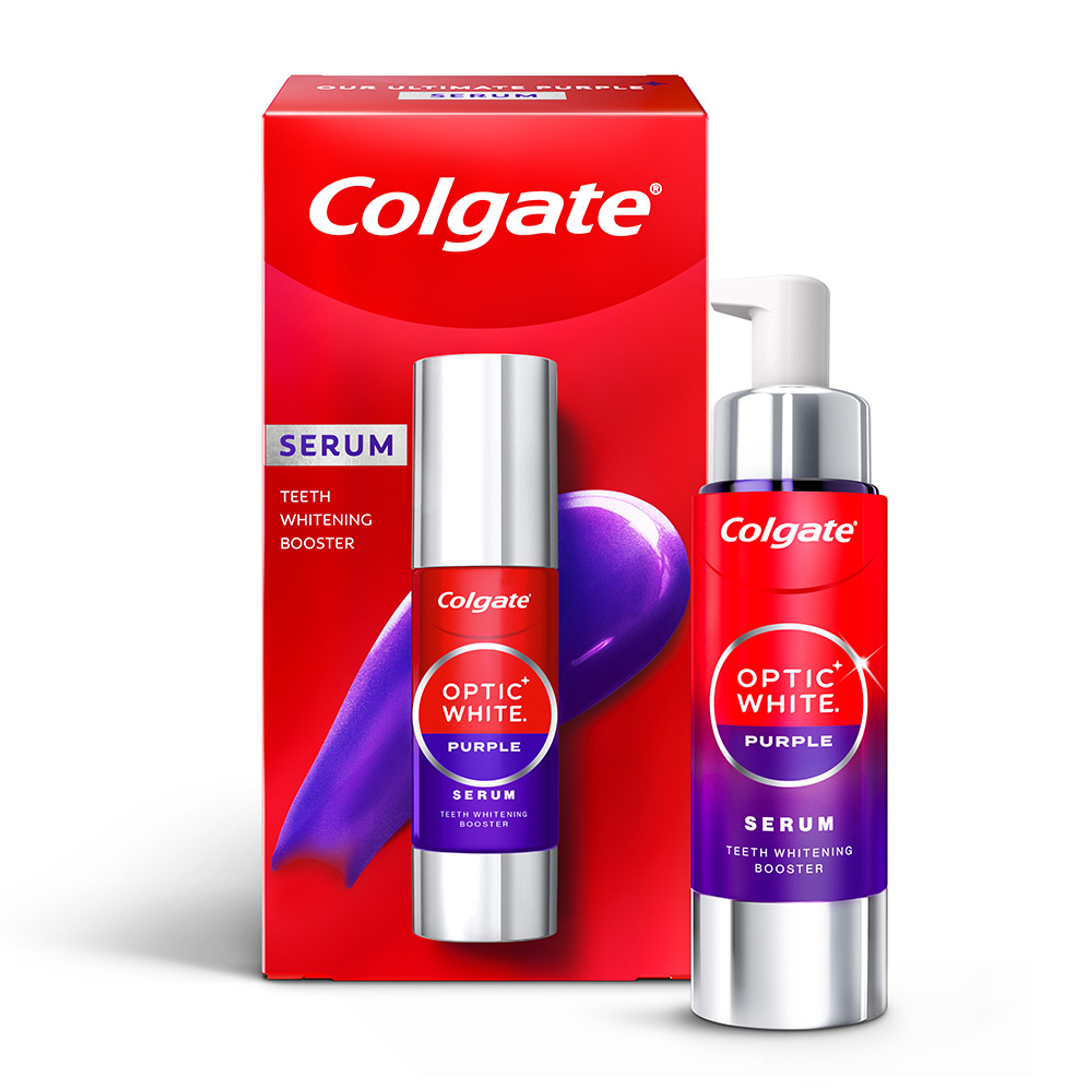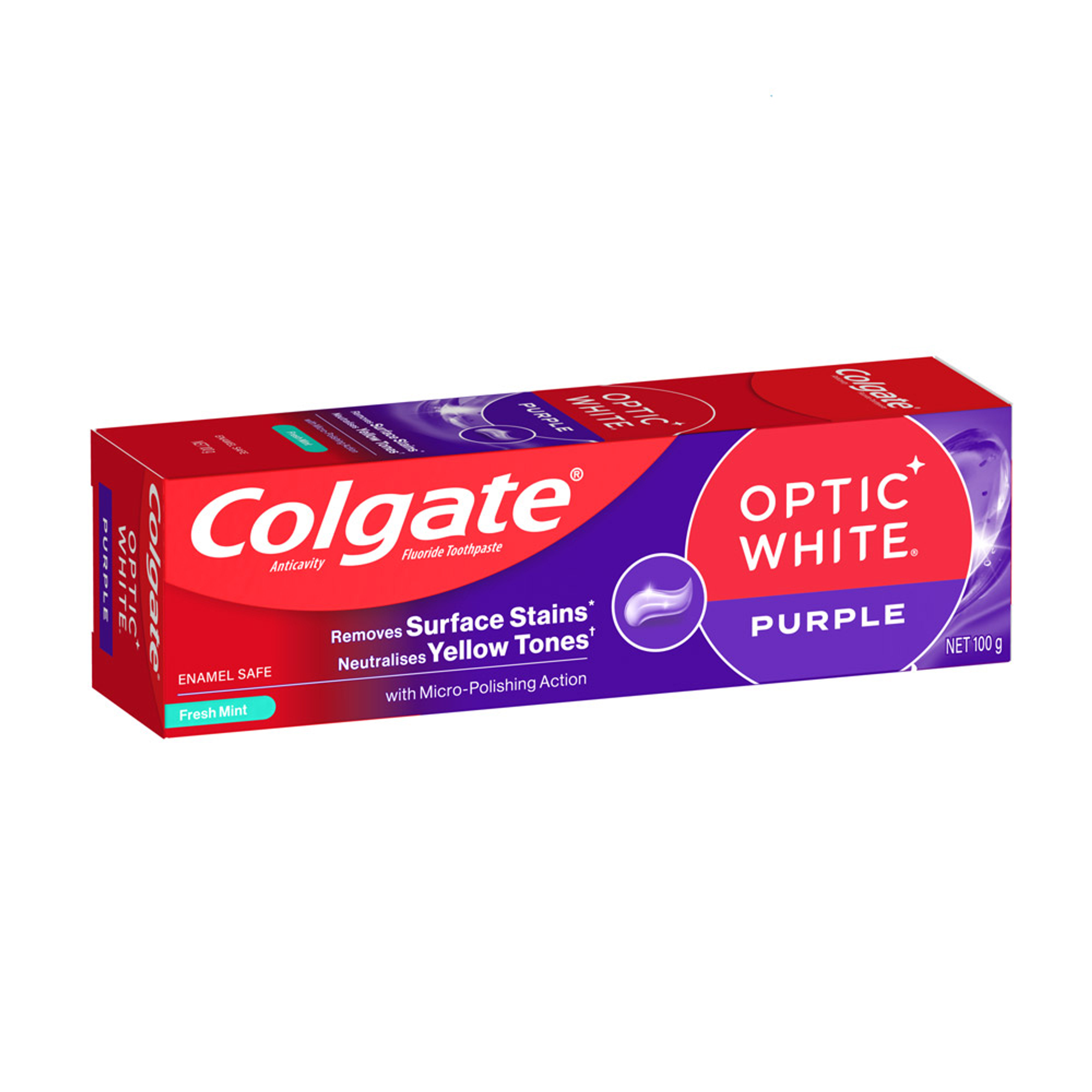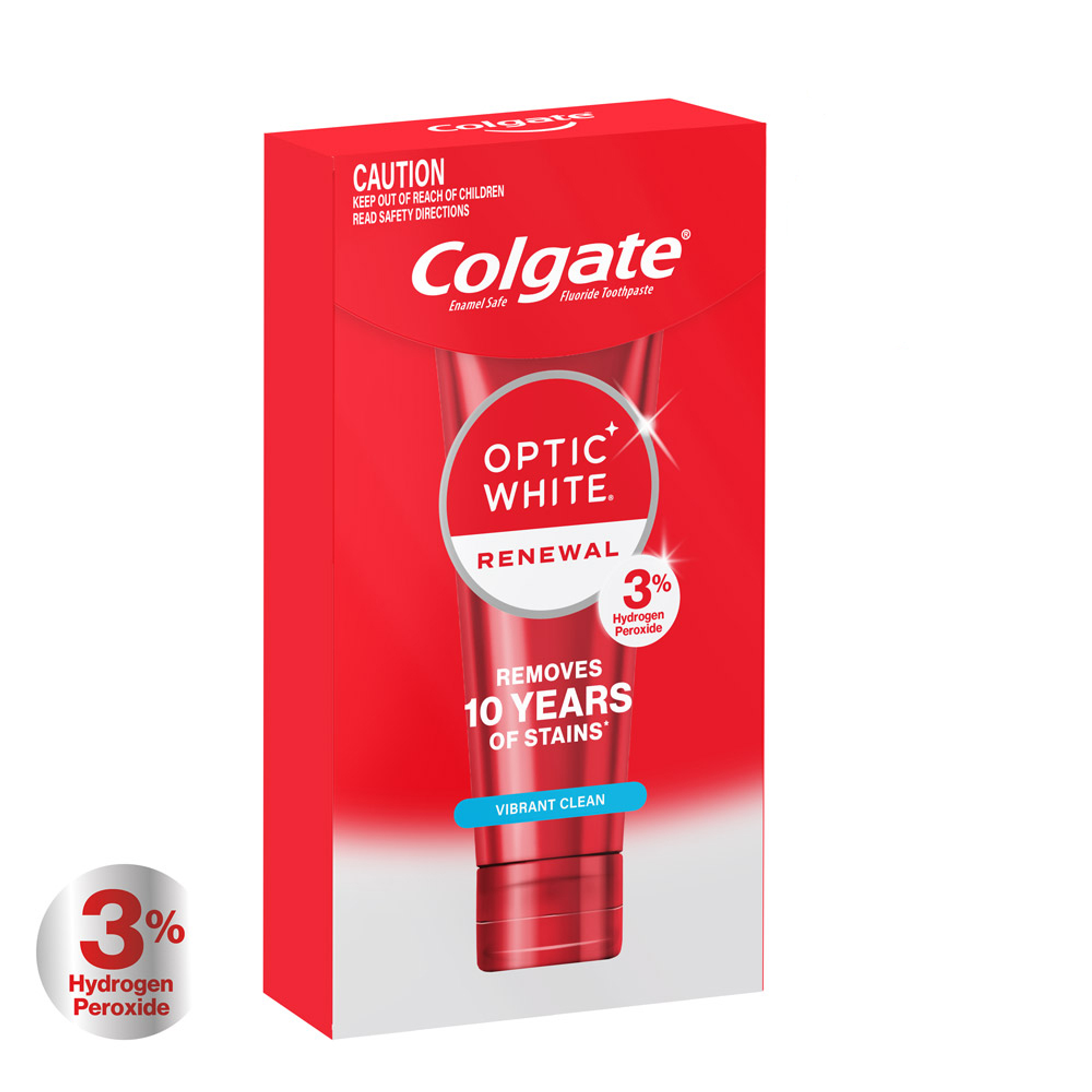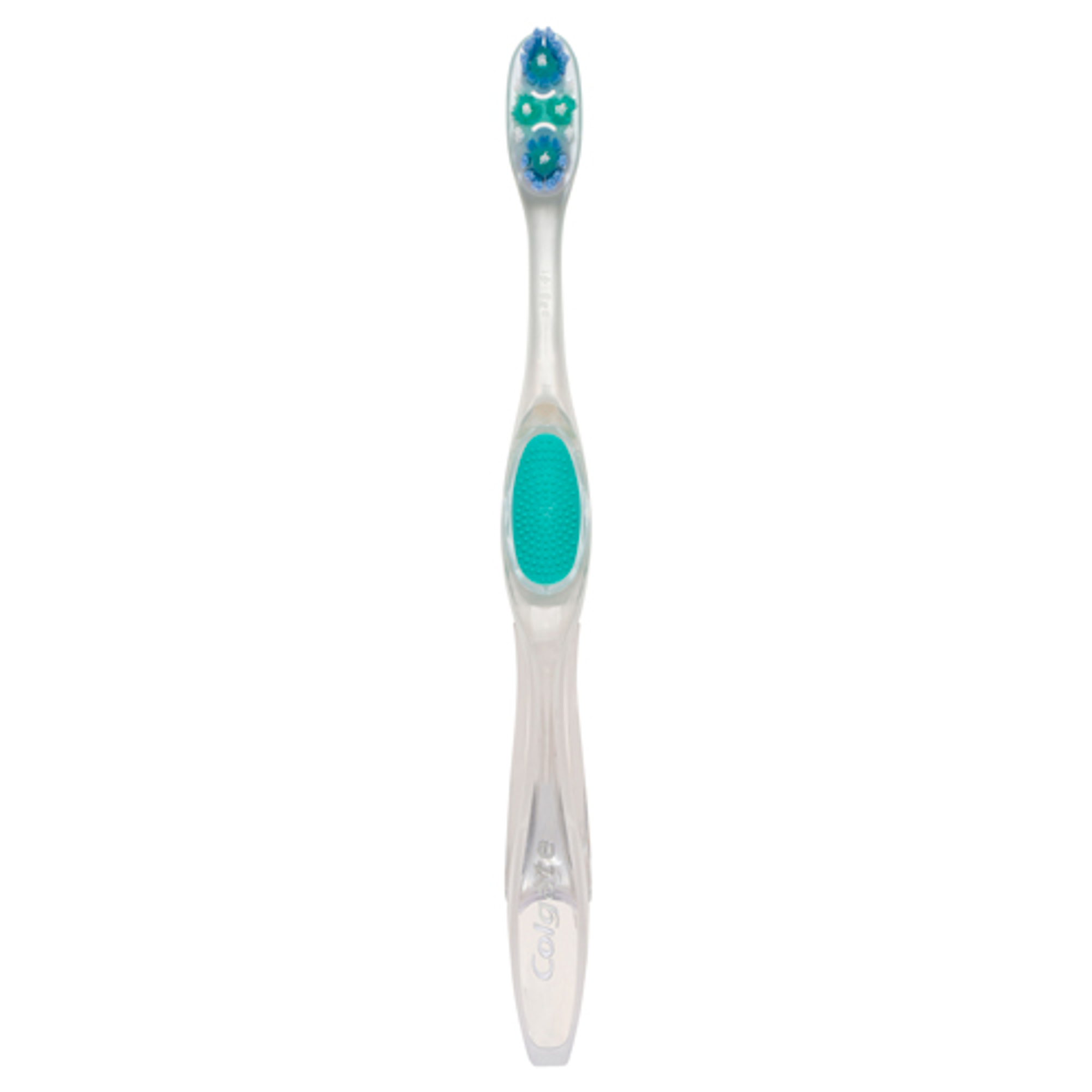Types of Teeth Stains
Extrinsic Stains
An extrinsic tooth stain is a stain on the outer part of the tooth. These stains make their home on your enamel, which is the layer that protects the softer part of the tooth (dentine) underneath. Enamel comes into contact with everything you eat or drink and can become stained or discoloured over time. Fortunately, extrinsic stains don’t move below the enamel surface to the inner part of the tooth, which means it’s easier to remove them!
Intrinsic Stains
Intrinsic stains happen when pigments become incorporated in the enamel structure. Dentine is naturally darker and more yellow in colour than enamel and is more visible when enamel is thinned or worn down from abrasion. This thinning can be caused by hard toothbrushing, or erosion, which can occur from the ingestion of acidic foods and drinks. These stains are a little tougher to resolve, but not to worry, in most cases, they can be improved! Some at-home techniques will not work to remove intrinsic stains, but your dental practitioner should be able to offer you a suitable treatment or take-home kit.
Removing Teeth Stains at Home
- Whitening Toothpastes- some whitening toothpastes contain hydrogen peroxide. Hydrogen peroxide works by removing extrinsic and intrinsic stains. Other whitening toothpastes use high cleaning silica, which helps to remove surface stains on the outer layer of the teeth. Talk to your dentist about whether using a whitening toothpaste is right for you.
- Whitening Pens- Whitening pens are another tooth whitening option. They are quick, easy and generally don't leave you with a mess to clean up. After brushing your teeth, you apply a thin layer of whitening gel from the pen onto your teeth. You'll need to wait for the suggested amount of time on the packaging before you eat or drink. Some products contain enamel-safe levels of hydrogen peroxide and can treat intrinsic and extrinsic stains.
- Teeth Whitening Gel- Teeth whitening gels are available over the counter and from your dentist. Some teeth whitening gels contain peroxide-based bleaching agents, but in higher doses than in whitening toothpastes. Since the gel has higher amounts of peroxide, you’ll need a tray to use it. This ensures that it only comes in contact with your teeth, not the rest of the inside of your mouth. You can get a tooth whitening tray over the counter at a chemist or get a custom-fit tray from your dentist. Custom trays are more effective and better at protecting your gums, however they can be more expensive than over-the-counter options. Talk to your dentist about what would be the best option for you.
- Teeth Whitening Strips- This at-home method uses whitening gel but pre-applies it to strips for easy application without a tray. Whitening strips and gels may cause tooth sensitivity because of the amounts of hydrogen peroxide used. Be sure to talk to your dentist to find out if teeth whitening strips are right for you.
In-Surgery Bleaching
If your teeth stains won’t budge with an at-home whitening technique, talk to your dentist about professional cleaning and in-surgery bleaching to remove stains from your teeth.
A note on sensitivity
It’s important to note that some people experience increased sensitivity as a result of tooth whitening products. If you’re worried about tooth sensitivity, talk to a dental professional.
This article is intended to promote understanding of and knowledge about general oral health topics. It is not intended to be a substitute for professional advice, diagnosis or treatment. Always seek the advice of your dentist or other qualified healthcare provider with any questions you may have regarding a medical condition or treatment.














